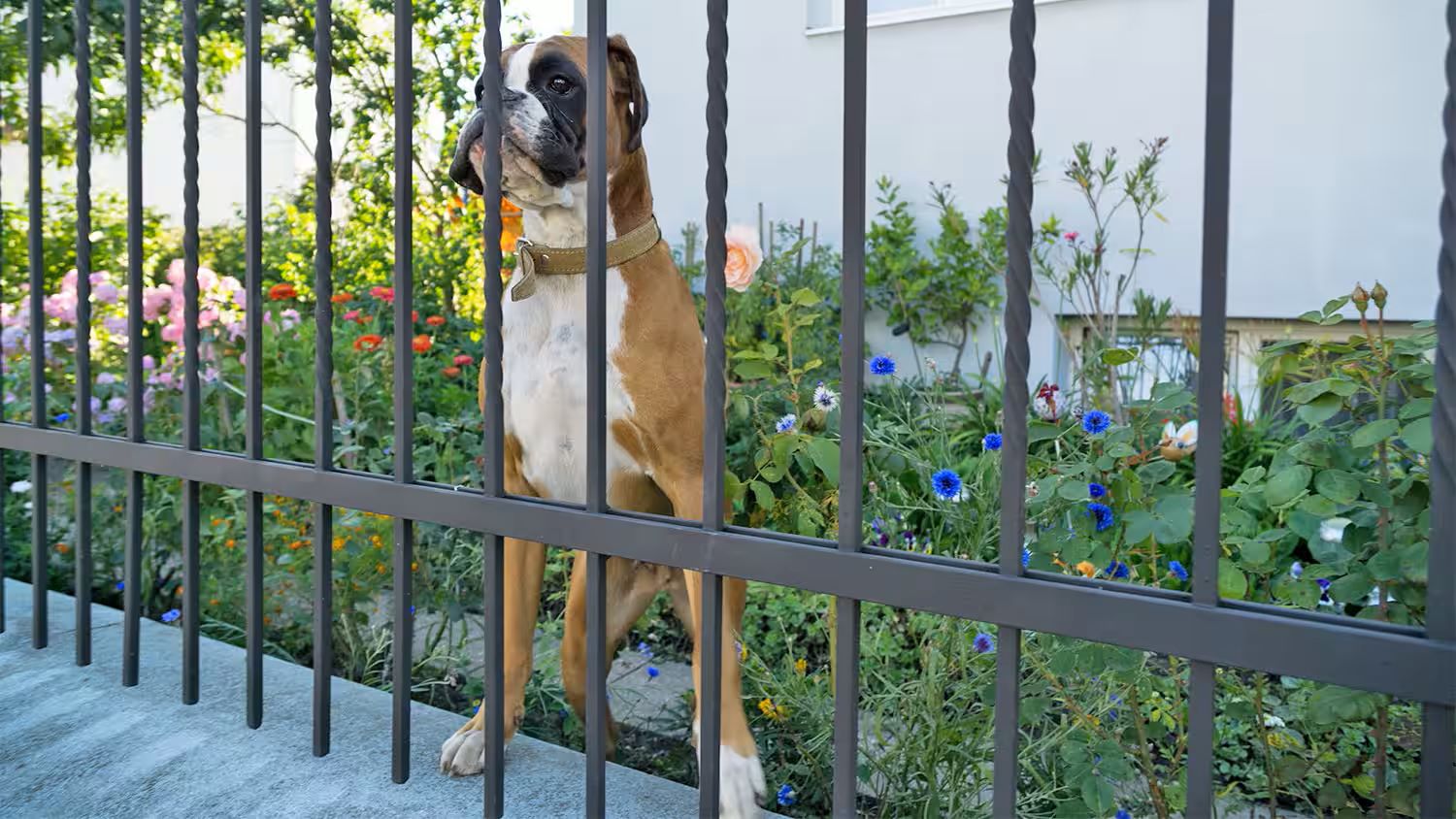

Articles
How To Keep A Dog In A Fence
Modified: February 23, 2024
Learn the best articles on how to keep your dog safely contained in a fence to ensure their security and prevent escapes.
(Many of the links in this article redirect to a specific reviewed product. Your purchase of these products through affiliate links helps to generate commission for Storables.com, at no extra cost. Learn more)
Introduction
Keeping a dog in a fence is an essential aspect of responsible pet ownership. Whether you have a large backyard or a small yard, a dog fence provides numerous benefits for both you and your furry friend. It ensures their safety, prevents them from wandering off, and protects them from dangerous situations such as traffic accidents or encounters with other animals.
Moreover, a fenced area gives your dog the freedom to roam and explore within the boundaries of your property, allowing them to get the exercise and mental stimulation they need. It also provides you with peace of mind, knowing that your beloved pet is secure and protected.
But with so many options available, choosing the right fence for your dog can be a daunting task. There are various factors to consider, such as your dog’s size, breed, and behavior, as well as your budget and aesthetic preferences.
In this comprehensive guide, we will explore the benefits of keeping a dog in a fence, discuss the different types of fences available, provide tips on choosing the right fence for your dog, walk you through the process of preparing your yard for a fence, and give you a step-by-step guide on installing a dog fence. We will also cover how to train your dog to stay within the fence, as well as tips for maintaining and troubleshooting common issues.
So, if you’re ready to learn how to keep your furry friend safe and secure while allowing them the freedom to enjoy your yard, read on!
Key Takeaways:
- Choosing the right dog fence is crucial for your pet’s safety and well-being. Consider factors such as size, behavior, and local regulations to create a secure and enjoyable environment for your furry friend.
- Proper training, regular maintenance, and prompt troubleshooting are essential for a successful dog fence. By investing time and effort, you can ensure a safe and harmonious living environment for both you and your beloved pet.
Read more: How To Keep Dogs In Yard Without Fence
Benefits of Keeping a Dog in a Fence
Keeping your dog in a fence brings a multitude of benefits not only for your dog but also for you as a pet owner. Let’s explore some of the key advantages:
- Safety and Security: Perhaps the most important benefit of a dog fence is ensuring the safety and security of your furry companion. By confining your dog within a designated area, you can protect them from potential dangers like busy roads, wildlife encounters, or ingesting harmful substances in the neighborhood.
- Prevents Wandering: Dogs can be natural explorers, and without proper boundaries, they may wander off, potentially getting lost or causing mischief. A fence keeps your dog contained within your property, reducing the risk of them escaping or becoming a nuisance to neighbors.
- Exercise and Stimulation: Dogs require regular exercise and mental stimulation to stay healthy and happy. Having a fenced-in yard provides your dog with the opportunity to move around freely and engage in play and exploration. This promotes their physical fitness and helps prevent obesity and related health issues.
- Peace of Mind: Knowing that your dog is safely confined within a fence gives you peace of mind. You can let them out to play or relax in the yard without constantly worrying about their whereabouts or potential dangers. This allows you to focus on other tasks or enjoy quality time with your pet.
- Good Neighborly Relations: A dog fence can help maintain good relationships with your neighbors. By preventing your dog from venturing into their yards or barking excessively, you can avoid potential complaints and conflicts. This fosters a harmonious living environment and promotes positive neighborly interactions.
- Protects Your Property: Dogs are naturally curious, and their exploration can sometimes lead to damage in your yard or garden. A fence can act as a barrier, preventing your dog from digging up plants, chewing on furniture, or causing any other destruction. This protects both your property and your dog from potential hazards.
- Controlled Socialization: If you have a reactive or overly enthusiastic dog, a fence can provide controlled socialization opportunities. You can introduce your dog to other dogs or humans in a safe and controlled environment, minimizing the risk of any negative interactions or accidents.
Ultimately, investing in a dog fence not only enhances the safety and well-being of your four-legged friend but also contributes to a harmonious living environment for both you and your neighbors.
Types of Fences for Dogs
When it comes to choosing a fence for your dog, there are several options to consider. Each type of fence has its own advantages and considerations, depending on factors such as your dog’s size, breed, behavior, and your specific needs. Let’s explore some of the most common types of fences for dogs:
- Chain Link Fence: Chain link fences are a popular choice for dog owners. They are durable, affordable, and provide good visibility. Chain link fences offer a secure enclosure for your dog while still allowing them to see their surroundings. However, keep in mind that some dogs may try to climb or dig under the fence, so reinforcement might be needed.
- Wooden Fence: Wooden fences provide privacy and can be aesthetically pleasing. They offer a solid barrier, preventing your dog from seeing through or getting overly excited by external stimuli. However, it’s important to choose a solid, properly installed wooden fence to prevent your dog from squeezing through or biting through the wood.
- Vinyl Fence: Vinyl fences are low-maintenance and durable. They are resistant to rot, weathering, and pests, making them a practical choice for dog owners. Vinyl fences also offer good privacy and are available in various styles and colors to suit your preferences.
- Invisible/Electric Fence: Invisible or electric fences consist of an underground boundary wire and a receiver collar that emits a warning sound or mild static correction when the dog approaches the boundary. While they provide an unobstructed view of your yard, invisible fences might not be suitable for all dogs, especially those with a high prey drive or strong boundary instincts. Training is crucial for them to understand the boundaries and avoid crossing them.
- Wrought Iron Fence: Wrought iron fences add an elegant touch to your property while providing security for your dog. They are strong and durable, offering both visual appeal and functionality. However, it’s important to ensure that the fence has narrow gaps between the bars to prevent small dogs from slipping through.
- Mesh/Netting Fence: Mesh or netting fences are flexible, lightweight, and easily customizable. They can be installed as temporary or permanent enclosures and offer good visibility. However, they might not be suitable for dogs who are prone to chewing or digging as they can damage the fence or create an escape route.
- Picket Fence: Picket fences are another classic choice for dog owners. They offer a visually appealing and cohesive look to your property while enclosing your dog in a safe space. However, it’s important to choose picket fences with narrow gaps to prevent small dogs from escaping.
It’s essential to consider your dog’s specific needs, your budget, and any regulations or restrictions in your area when selecting the right fence. Consulting with a professional or experienced dog owners can also provide valuable insights to help you make an informed decision.
Choosing the Right Fence for Your Dog
Choosing the right fence for your dog involves considering various factors to ensure that it meets both your needs and your dog’s requirements. Here are some essential considerations to help you make the best decision:
- Dog’s Size and Breed: The size and breed of your dog play a crucial role in determining the type of fence that will be suitable. Large dogs may require taller fences to prevent them from jumping over, while small dogs will need fences with narrow gaps to prevent them from squeezing through. Additionally, some breeds are more prone to digging or chewing, so you may need to reinforce the bottom of the fence or choose a material that is resistant to their destructive tendencies.
- Dog’s Behavior: Consider your dog’s behavior when selecting a fence. If your dog is prone to barking at external stimuli, a solid fence might be more suitable to reduce visual stimulation. For dogs who are prone to digging or trying to escape, choose a fence design that goes underground or consider adding a secondary barrier.
- Property Regulations and Aesthetics: Check local regulations and homeowners’ association guidelines to ensure compliance when installing a fence. Some areas have height restrictions or specific fence materials that are allowed. Additionally, think about how the fence will complement your property’s aesthetics to maintain a cohesive look.
- Fence Durability and Maintenance: Consider how long-lasting and easy to maintain the fence material is. Some materials may require regular maintenance such as painting or staining, while others might be more resistant to weathering and require minimal upkeep. The endurance of the fence is especially important if you have an active or strong dog.
- Budget: Set a budget for your fence installation, including the cost of materials, labor, and any additional features such as gates or reinforcement. This will help guide your decision-making process and ensure you choose a fence that fits within your financial means.
- Professional Installation vs. DIY: Decide whether you want to install the fence yourself or hire a professional. Certain fence types, such as invisible or electric fences, may require professional installation due to the technical aspects involved. For other fence types, you can choose to save costs by opting for a DIY installation if you have the necessary skills and tools.
By considering these factors, you can narrow down your options and select the fence that best suits your dog’s needs and your specific circumstances. It’s also a good idea to consult with professionals or experienced dog owners for their advice and recommendations.
Preparing Your Yard for a Dog Fence
Before installing a dog fence, it’s crucial to properly prepare your yard to ensure a successful and effective enclosure for your furry friend. Here are some important steps to take during the preparation process:
- Define the Boundary: Determine the boundaries of your desired fence enclosure. Consider factors such as the size of your yard, the landscape, and any existing structures or obstacles that may affect the fence installation. It’s essential to create a clear and well-defined boundary to avoid any confusion during the installation process.
- Remove Obstacles: Clear your yard of any debris, rocks, or vegetation that may obstruct the fence installation. Trim overhanging tree branches, remove large rocks or stumps, and relocate any objects that are in the way of the fence line. This will ensure a smooth installation process and prevent any potential damage or interference with the fence.
- Mark Utility Lines: Before digging any holes for the fence posts, contact your local utility companies to mark the location of any underground utility lines. This will help prevent accidents and damage to essential services such as gas, water, or electrical lines. Always follow the necessary procedures and guidelines for safe digging in your area.
- Level the Ground: Ensure that the ground within the fence boundary is level and even. This will make the installation process easier and result in a straight and properly aligned fence. Remove any uneven patches of soil and fill in any holes or depressions to create a smooth and balanced surface.
- Consider Drainage: Take into account the natural drainage patterns of your yard when installing a fence. Ensure that the fence does not obstruct or redirect water flow, as this may lead to flooding or water accumulation. You may need to make adjustments or incorporate drainage solutions to maintain proper water flow within your yard.
- Check Local Regulations: Familiarize yourself with any local regulations or permits required for fence installation in your area. Some neighborhoods or homeowner’s associations may have specific guidelines regarding fence height, material, or design. It’s important to comply with these regulations to avoid any legal issues or disputes.
By taking the time to properly prepare your yard, you can ensure a smooth and effective installation process for your dog fence. This will contribute to the overall safety and security of your dog and create a well-defined and visually appealing enclosure for them to enjoy.
Regularly check the fence for any signs of wear or damage, and repair any weak spots promptly to prevent your dog from escaping.
Read more: How To Keep Dog From Jumping On Fence
Installing a Dog Fence: Step-by-Step Guide
Installing a dog fence requires careful planning and attention to detail to create a secure and functional enclosure for your furry friend. Here is a step-by-step guide to help you through the installation process:
- Measure and Mark: Begin by measuring and marking the boundaries of your desired fence enclosure. Use stakes or flags to mark the locations where you will install the fence posts. Make sure the measurements are accurate and the lines are straight.
- Dig Fence Post Holes: Use a post hole digger or an auger to dig holes for the fence posts along the marked boundary. The depth and diameter of the holes depend on the specific type of fence you are installing. Typically, the holes should be at least 2 feet deep and wide enough to accommodate the posts.
- Set the Fence Posts: Place the fence posts in the holes and fill them with concrete to secure them in place. Make sure the posts are level and aligned properly. Allow the concrete to dry and cure according to the manufacturer’s instructions before proceeding.
- Attach Fence Panels: Once the fence posts are set and secure, attach the fence panels or materials to the posts. The method of attachment will depend on the type of fence you have chosen. Follow the manufacturer’s instructions to ensure proper installation.
- Install Gates: If you have chosen to include gates in your fence, install them according to the manufacturer’s guidelines. Ensure that the gates are sturdy, properly aligned, and equipped with secure latches or locks to prevent your dog from escaping.
- Test the Fence: Before allowing your dog access to the newly installed fence, walk around the perimeter to ensure there are no gaps, loose sections, or other issues that could compromise its integrity. Test the gates to make sure they open and close smoothly. This step is essential to ensure the safety and effectiveness of the fence.
- Consider Additional Features: Depending on your dog’s behavior and needs, you may want to consider additional features such as a barrier at the bottom of the fence to prevent digging, reinforcing weak spots, or adding landscaping elements to enhance the aesthetics of the enclosure.
- Introduce Your Dog to the Fence: Once the fence is installed and tested, it’s time to introduce your dog to their new enclosed space. Take the time to familiarize them with the boundaries, supervise their initial interactions with the fence, and begin their training to respect the boundaries of the enclosure.
Remember that proper installation of the dog fence is crucial for its effectiveness and durability. If you are not confident in your DIY skills, it’s recommended to seek professional assistance to ensure the fence is correctly installed.
By following these steps, you can create a secure and safe space for your dog to enjoy within the boundaries of your property.
Training Your Dog to Stay in the Fence
Training your dog to stay within the boundaries of the fence is essential for their safety and to prevent any escape attempts. Here are some tips to help you effectively train your dog:
- Start with Leashed Supervised Encounters: Begin by leashing your dog and walking them around the perimeter of the fence. Allow them to explore the boundaries while closely supervising their behavior. Use positive reinforcement, such as treats and praise, to reward them for staying within the fence.
- Introduce Distractions: Gradually introduce distractions such as toys, food, or other animals outside of the fence. As your dog becomes more comfortable and accustomed to the boundaries, continue praising and rewarding them for staying within the fence, even in the presence of distractions.
- Supervise Off-Leash Time: Once your dog shows understanding of the boundaries on-leash, you can gradually allow off-leash time within the fence. However, it’s crucial to closely supervise them during this phase to ensure their compliance and safety. Rewards and praise should still be given for staying within the fence.
- Use Positive Reinforcement: Positive reinforcement is key to training your dog to stay in the fence. Reward them with treats, praise, and playtime whenever they remain within the boundaries. This helps reinforce the positive association with staying in the designated area.
- Consistency and Repetition: Consistency is vital in training your dog to stay in the fence. Establish clear expectations and consistently enforce the boundaries. Regular training sessions and repetition will help solidify the behavior and reinforce the understanding of the fence’s limits.
- Avoid Punishment: Avoid using punishment or negative reinforcement when training your dog. This can create fear or anxiety, which may result in avoidance behaviors or a negative association with the fence. Stick to positive reinforcement techniques to promote a safe and positive training experience for your dog.
- Gradual Expansion of Boundaries: Once your dog consistently stays within the fence, you can gradually expand the boundaries. This can be done by adding an extra section of the yard or allowing supervised access to a larger area. However, always ensure that your dog is comfortable and understands the new boundaries before expanding further.
- Regular Reinforcement and Refreshers: Continual reinforcement and occasional refresher training sessions are important to maintain your dog’s understanding of the fence boundaries. Regularly reward and praise your dog for staying within the fence, even as they become accustomed to the boundaries.
Remember, the training process takes time and patience. It is essential to remain consistent, positive, and supportive while training your dog to stay within the fence. With proper training and reinforcement, your dog will understand and respect the boundaries, ensuring their safety and enjoyment within the enclosed area.
Maintaining and Repairing a Dog Fence
Maintaining and repairing your dog fence is crucial to ensure its longevity, effectiveness, and the safety of your furry friend. Here are some essential tips for maintaining and repairing your dog fence:
- Regular Inspections: Regularly inspect your fence for any signs of damage or wear. Check for loose or broken posts, bent panels, damaged wires, or gaps in the fence. Pay attention to areas that may be prone to wear, such as gates or the bottom of the fence.
- Replace or Repair Damaged Components: If you notice any damage or wear, take immediate action to repair or replace the affected components. Tighten loose screws or bolts, reinforce weak spots, and replace any broken or damaged parts. Swift repairs prevent further damage and ensure the integrity of the fence.
- Check for Digging or Chewing: Some dogs may attempt to dig under or chew through the fence. Regularly inspect the perimeter of the fence to identify any signs of digging or chewing. Reinforce the bottom of the fence or consider adding a barrier to prevent your dog from escaping or damaging the fence.
- Trim Vegetation: Keep the area around the fence clear from overgrown vegetation. Trim bushes, branches, or any plants that may come into contact with the fence. This prevents damage to the fence and eliminates hiding spots or access points for your dog to escape.
- Monitor for Rust or Corrosion: For metal fences, regularly inspect for signs of rust or corrosion. Clean off any rust spots and apply a rust-resistant primer and paint to protect the fence from further deterioration. This helps maintain the durability and appearance of the fence.
- Test Electric Fences: If you have an invisible or electric fence, regularly test the system to ensure it is functioning properly. Check the batteries in the receiver collar and test the signal strength along the perimeter of the fence. Replace batteries or consult a professional if there are any issues with the system.
- Monitor Gates and Latches: Gates and latches are common areas of wear and tear. Regularly check the functionality of the gates and latches, ensuring they open and close smoothly and securely. Lubricate hinges and replace worn-out latches to maintain their effectiveness.
- Consider Seasonal Maintenance: Different seasons may require additional maintenance for your dog fence. In the winter, remove snow or ice buildup that may weigh down the fence or impact its functionality. In the summer, trim grass around the fence to prevent overgrowth that can create hiding spots or damage the fence.
- Seek Professional Help if Needed: If you encounter significant damage or are unsure of how to repair or maintain your dog fence, it’s best to seek professional assistance. Fence contractors or pet containment specialists can provide expert advice and ensure that your fence is in optimal condition.
By regularly inspecting, maintaining, and promptly repairing your dog fence, you can extend its lifespan and ensure a safe and secure environment for your dog. Remember, a well-maintained fence provides the peace of mind that your furry friend is protected and contained within your property.
Common Issues and Troubleshooting
While dog fences are designed to keep your furry friend safe and secure, occasional issues may arise. Here are some common problems you may encounter with your dog fence and possible troubleshooting solutions:
- Escaping: If your dog is consistently escaping the fence, there may be gaps or weak points they have discovered. Inspect the fence for any holes, loose panels, or areas where the dog may be digging or climbing out. Repair or reinforce these weak points to prevent future escapes.
- Barking or Aggression: If your dog is barking excessively or displaying aggressive behavior towards passersby, it may be due to a lack of proper boundary training. Revisit the training process and reinforce the concept of staying within the fence boundaries. Consider providing distractions, such as toys or activities, to redirect their focus when they become overly excited or reactive.
- Wire Breaks in Electric Fences: For invisible or electric fences, wire breaks can occur due to environmental factors or damage caused by digging or landscaping activities. If your dog alerts you to an area in the fence where the signal is inconsistent or absent, use a wire break locator or contact the manufacturer for guidance on locating and repairing the break.
- Weak or Loose Fence Posts: Over time, fence posts may become loose or weak, compromising the stability of the fence. If you notice any wobbling or instability, inspect the posts for damage or rot. If the posts are in good condition, reinforce them by packing additional soil or concrete around the base. If the posts are damaged, replace them entirely to ensure the integrity of the fence.
- Faulty or Inconsistent Collar Reception: In electric or invisible fence systems, issues with the collar reception can occur. Ensure that the collar is properly fitted and the contacts are making good contact with your dog’s skin. Replace batteries as needed and clean the collar regularly to maintain optimal reception.
- Damage from Extreme Weather: Harsh weather conditions, such as heavy rain, strong winds, or snowstorms, can cause damage to your dog fence. Monitor the fence after extreme weather events and repair any broken or damaged parts immediately. Consider stronger materials or additional reinforcement in areas prone to severe weather conditions.
- Aggressive Wildlife Encounters: If your dog fence is intended to keep out wildlife, but you notice encounters with aggressive animals, inspect the fence for areas where wildlife may be gaining access. Reinforce these areas with additional barriers or fence extensions to deter wildlife from entering the enclosed space.
- Ongoing Training and Reinforcement: Many issues can be prevented or resolved through ongoing training and reinforcement. Consistently work with your dog to reinforce their understanding of the boundaries and regularly reward and praise them for staying within the fence. If issues persist, consult with a professional dog trainer or behaviorist for further guidance.
Remember, troubleshooting and addressing issues promptly will help maintain the effectiveness and safety of your dog fence. Regular inspection, maintenance, and ongoing training will ensure a secure environment for your beloved furry companion.
Read more: How To Keep Dog Away From Fence
Conclusion
Keeping your dog in a fence is an important aspect of responsible pet ownership. It provides numerous benefits, including safety, security, exercise opportunities, and peace of mind for both you and your furry friend. By choosing the right fence, preparing your yard, and properly training your dog, you can create a secure and enjoyable environment for them to thrive within the boundaries of your property.
When selecting a dog fence, consider factors such as your dog’s size, breed, behavior, and your specific needs. Choose a fence that is durable, suited to your budget, and complies with local regulations. Properly prepare your yard by clearing obstacles, marking boundaries, and leveling the ground.
During the installation process, carefully follow the step-by-step guide to ensure the fence is properly set up and aligned. Train your dog to stay within the fence using positive reinforcement, consistency, and supervision. Regular maintenance and repair ensure the longevity and effectiveness of the fence, preventing any potential issues from arising.
By maintaining and troubleshooting common problems that may arise, you can address concerns promptly and maintain a safe and secure environment for your dog. Inspect the fence regularly, repair any damage, and seek professional assistance if needed.
In conclusion, keeping your dog in a fence is a rewarding investment that offers numerous benefits. It provides them with safety, freedom, and mental stimulation, while giving you peace of mind and good neighborly relations. With proper planning, installation, training, and maintenance, your dog can enjoy the benefits of a well-designed and secure fence while exploring and enjoying their designated space within your property.
Frequently Asked Questions about How To Keep A Dog In A Fence
Was this page helpful?
At Storables.com, we guarantee accurate and reliable information. Our content, validated by Expert Board Contributors, is crafted following stringent Editorial Policies. We're committed to providing you with well-researched, expert-backed insights for all your informational needs.
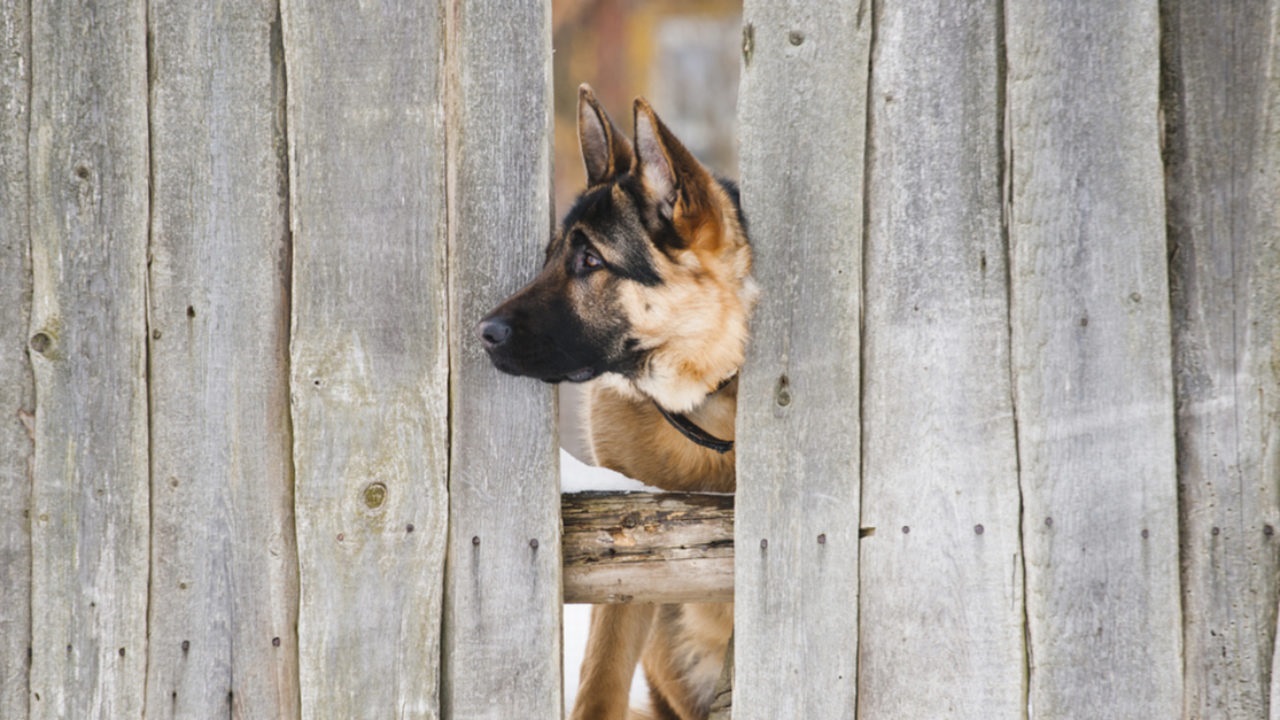
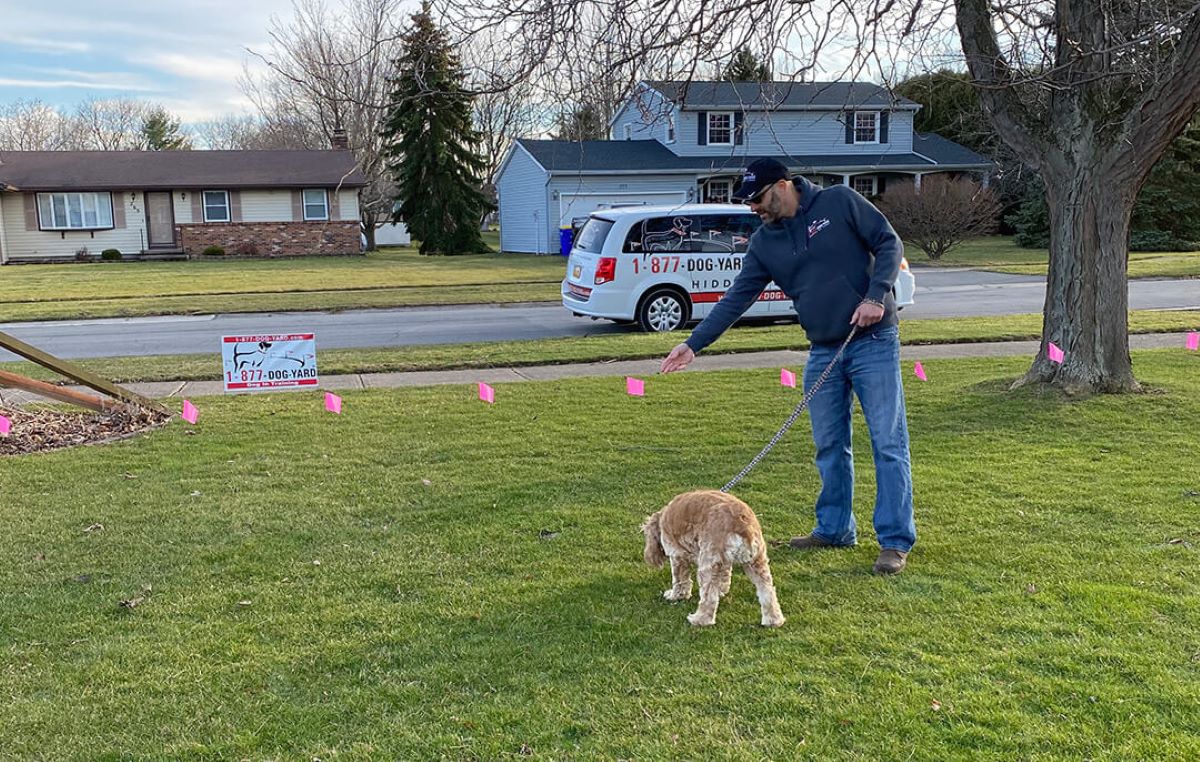
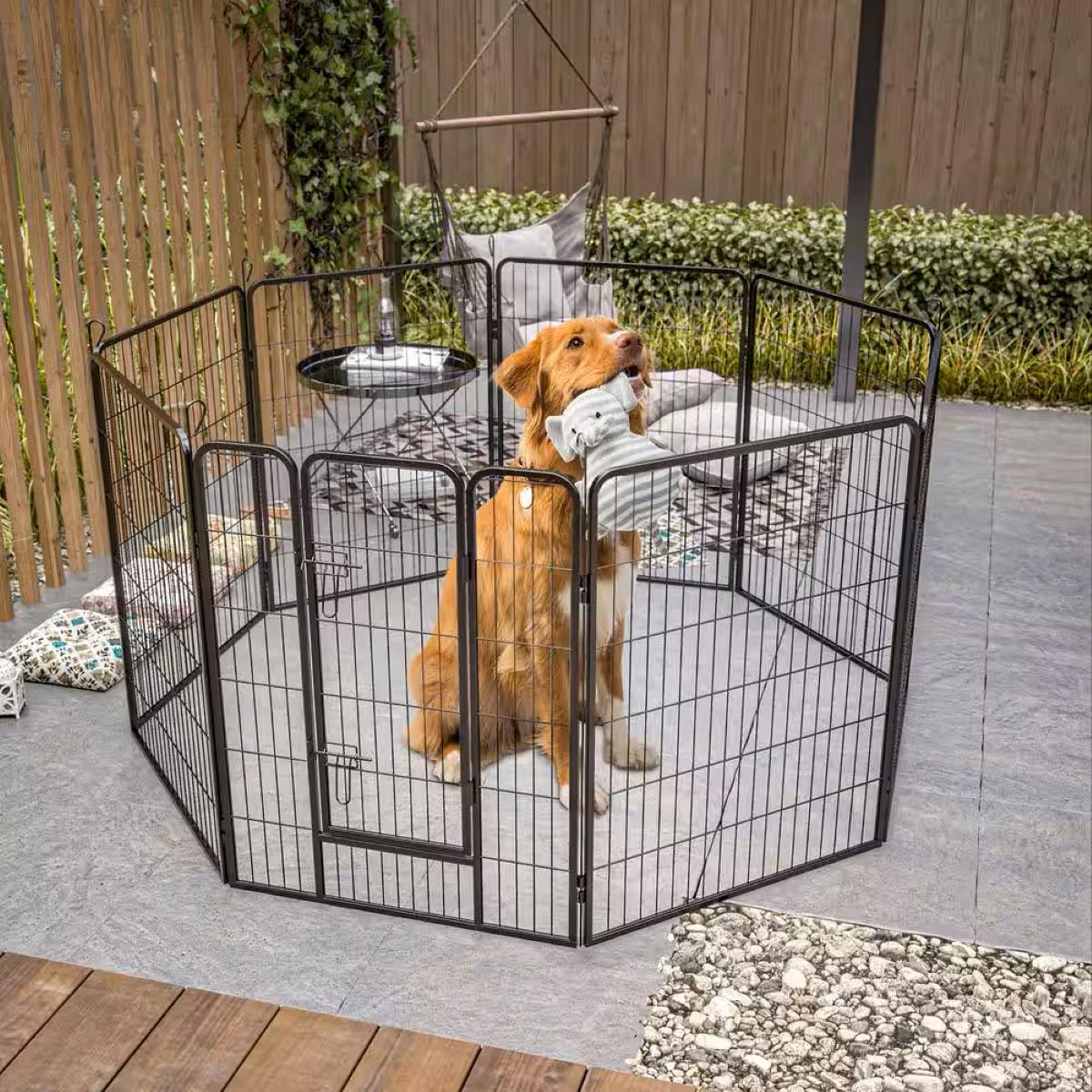
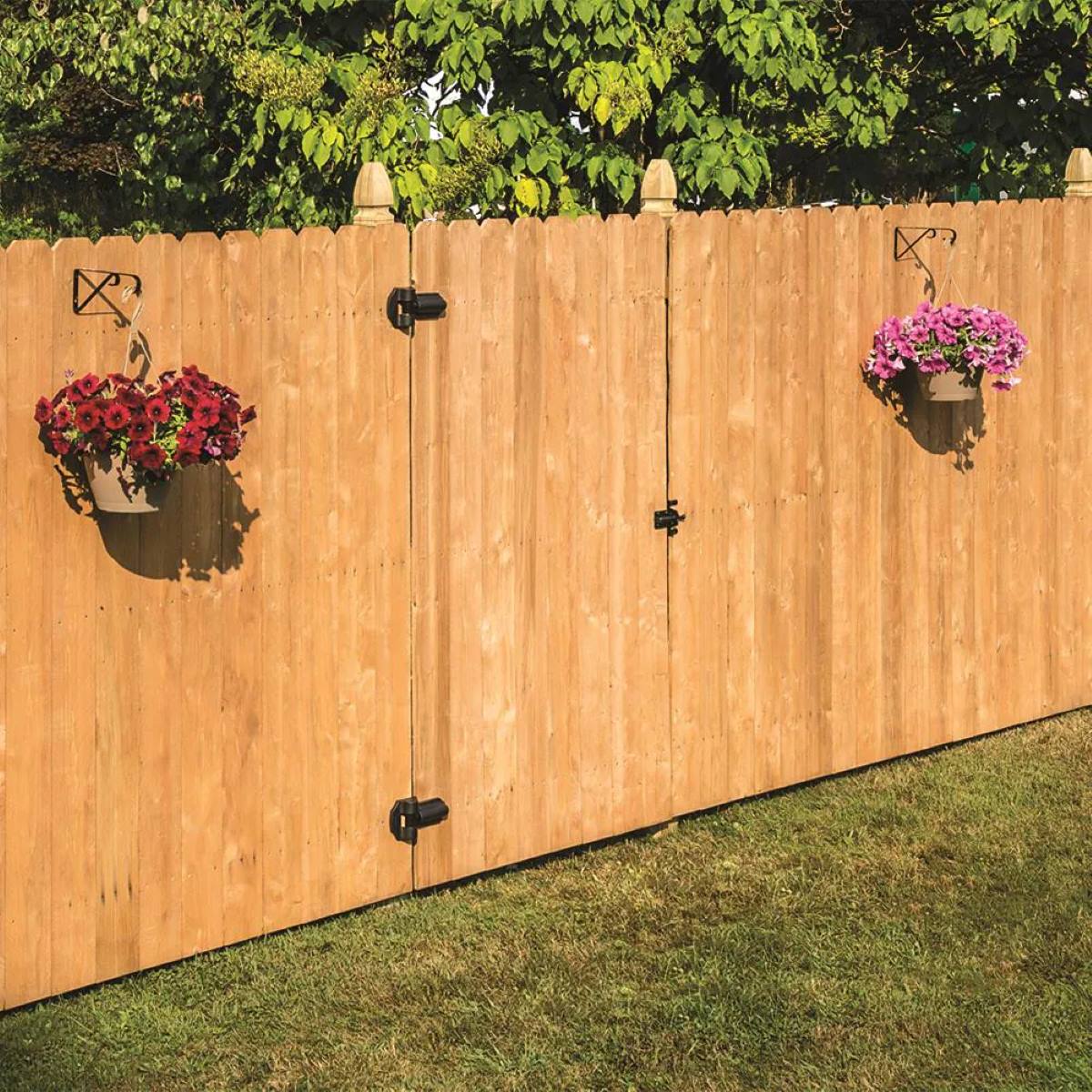
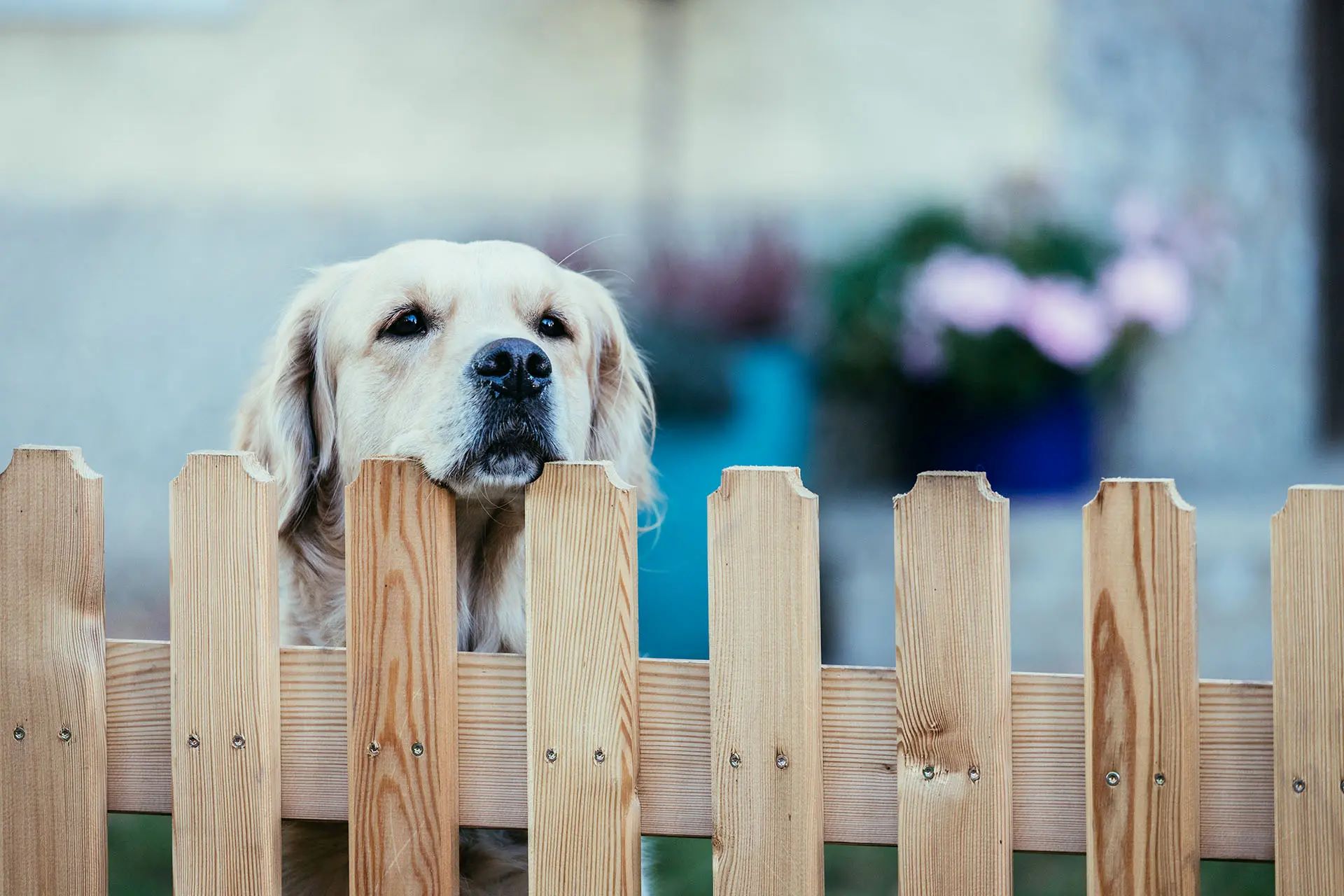
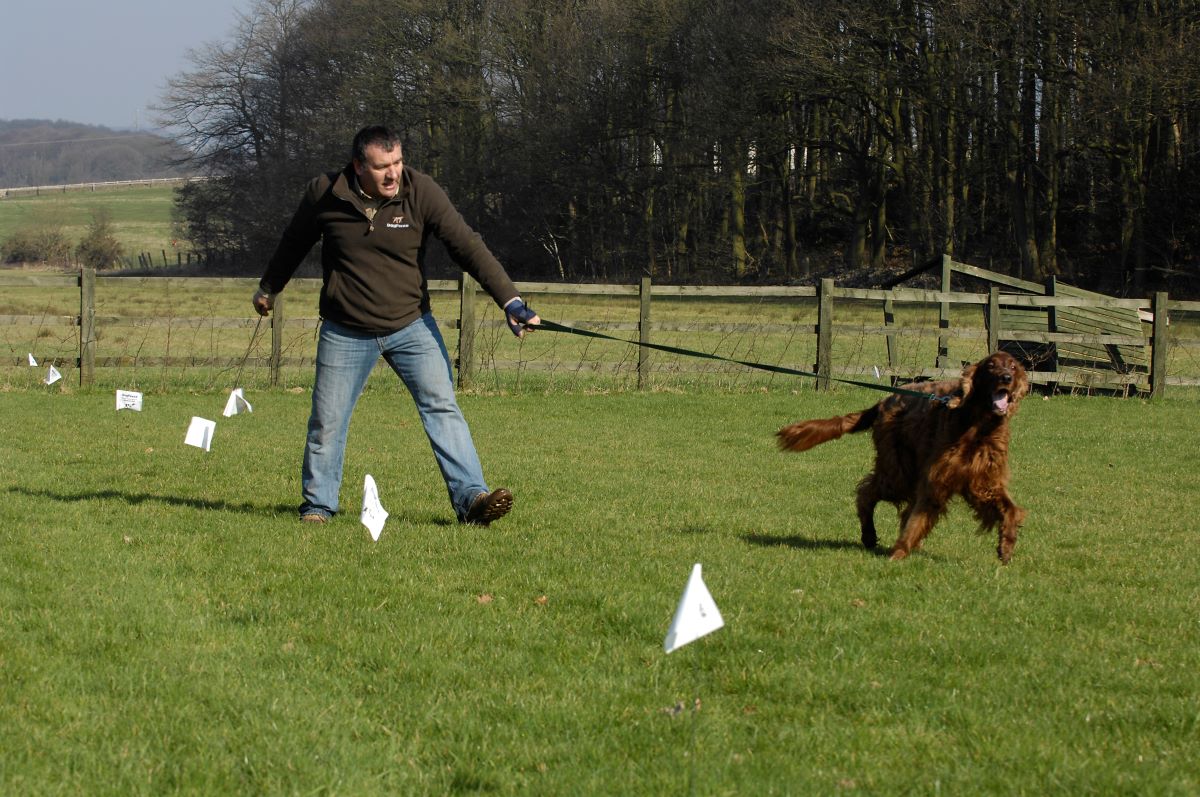
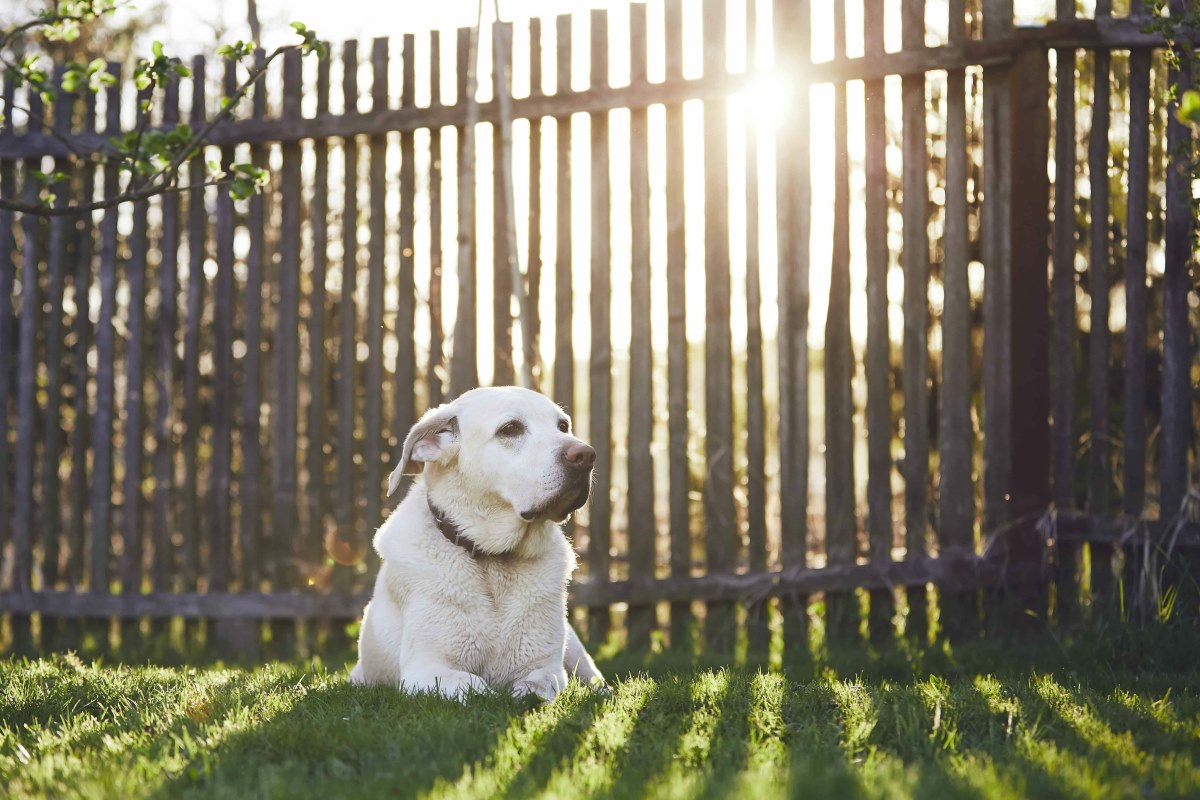
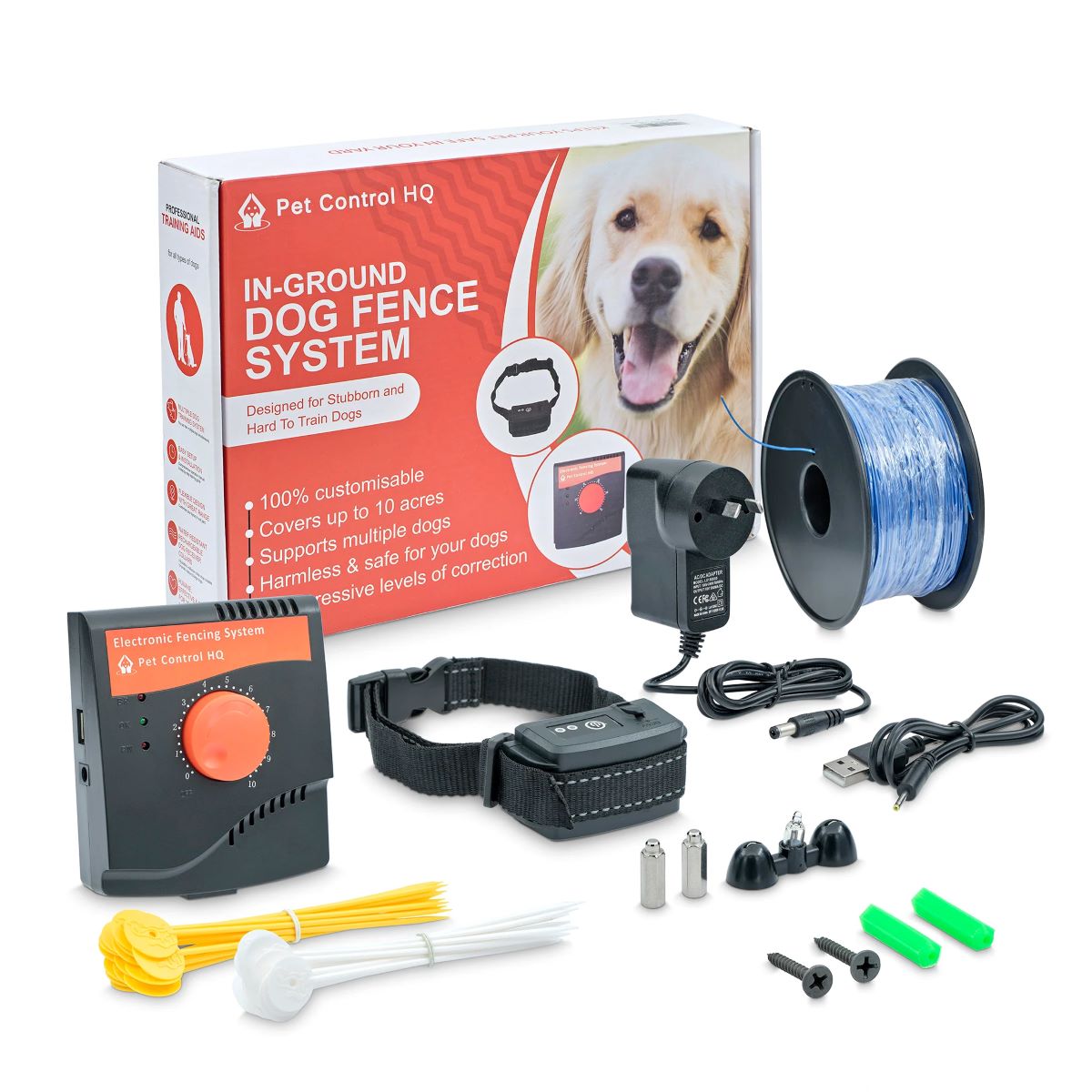
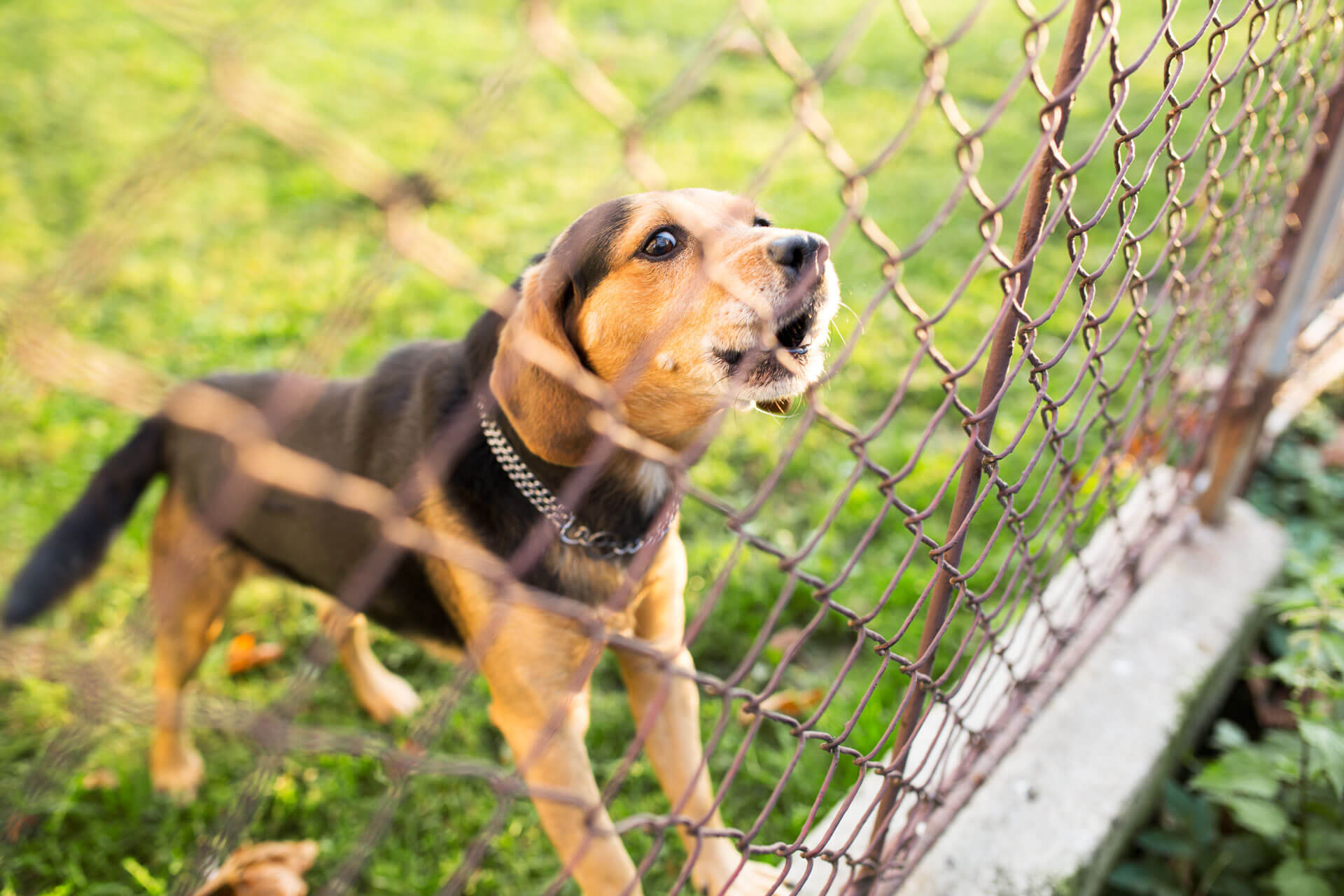
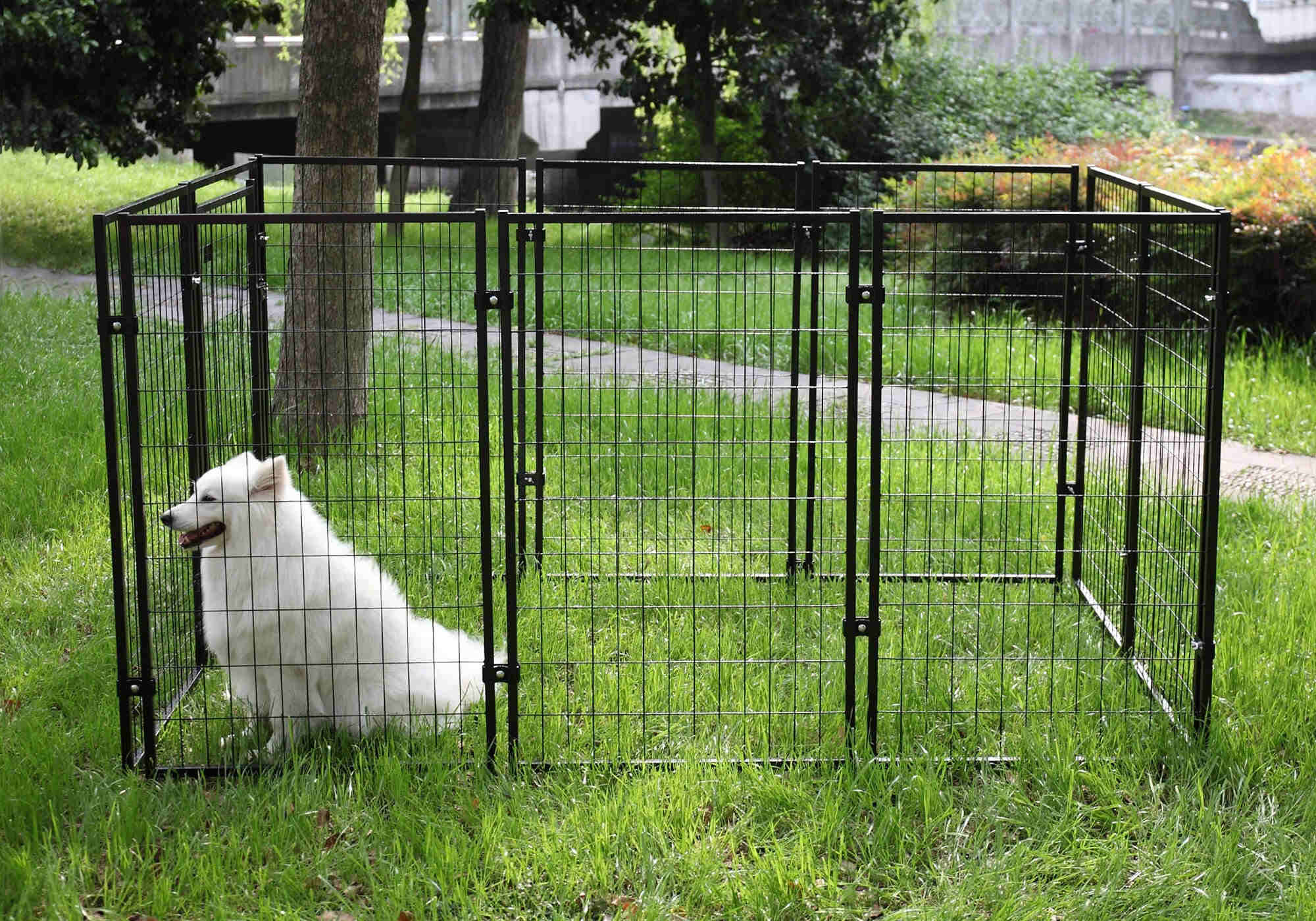
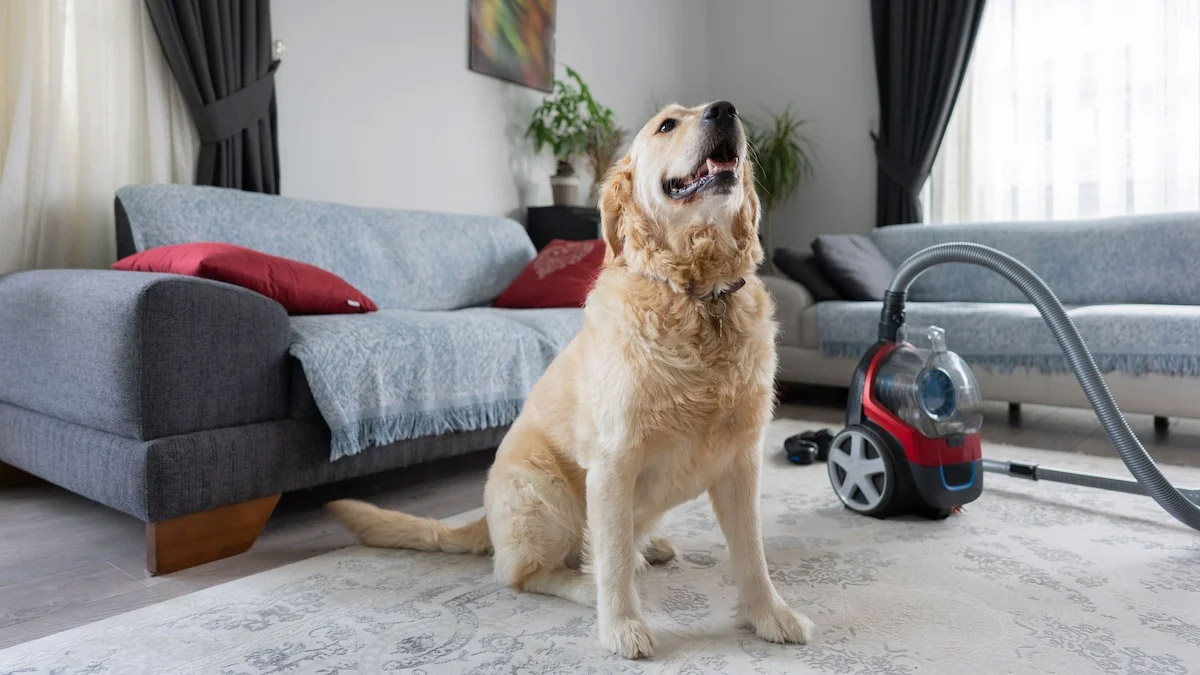
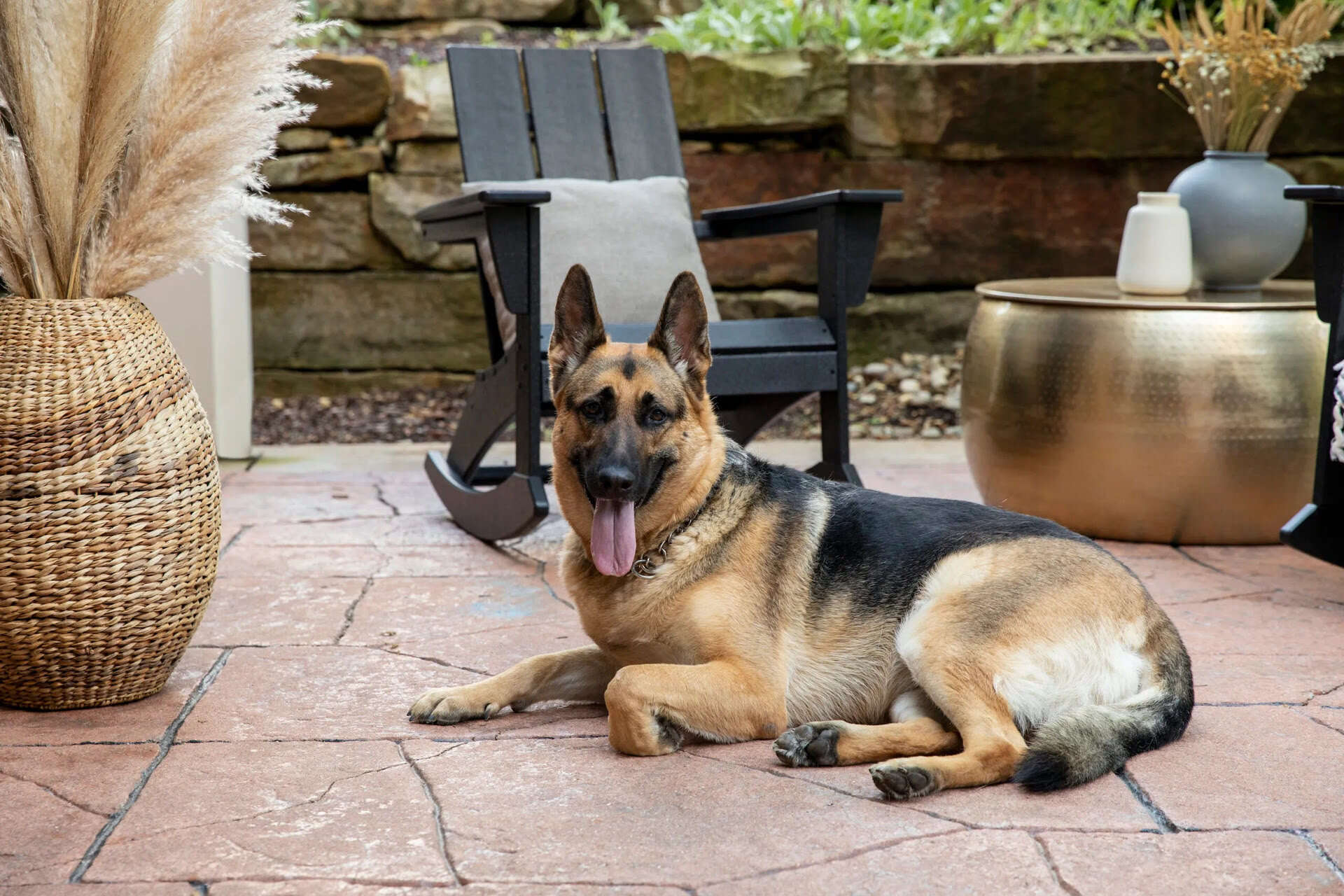
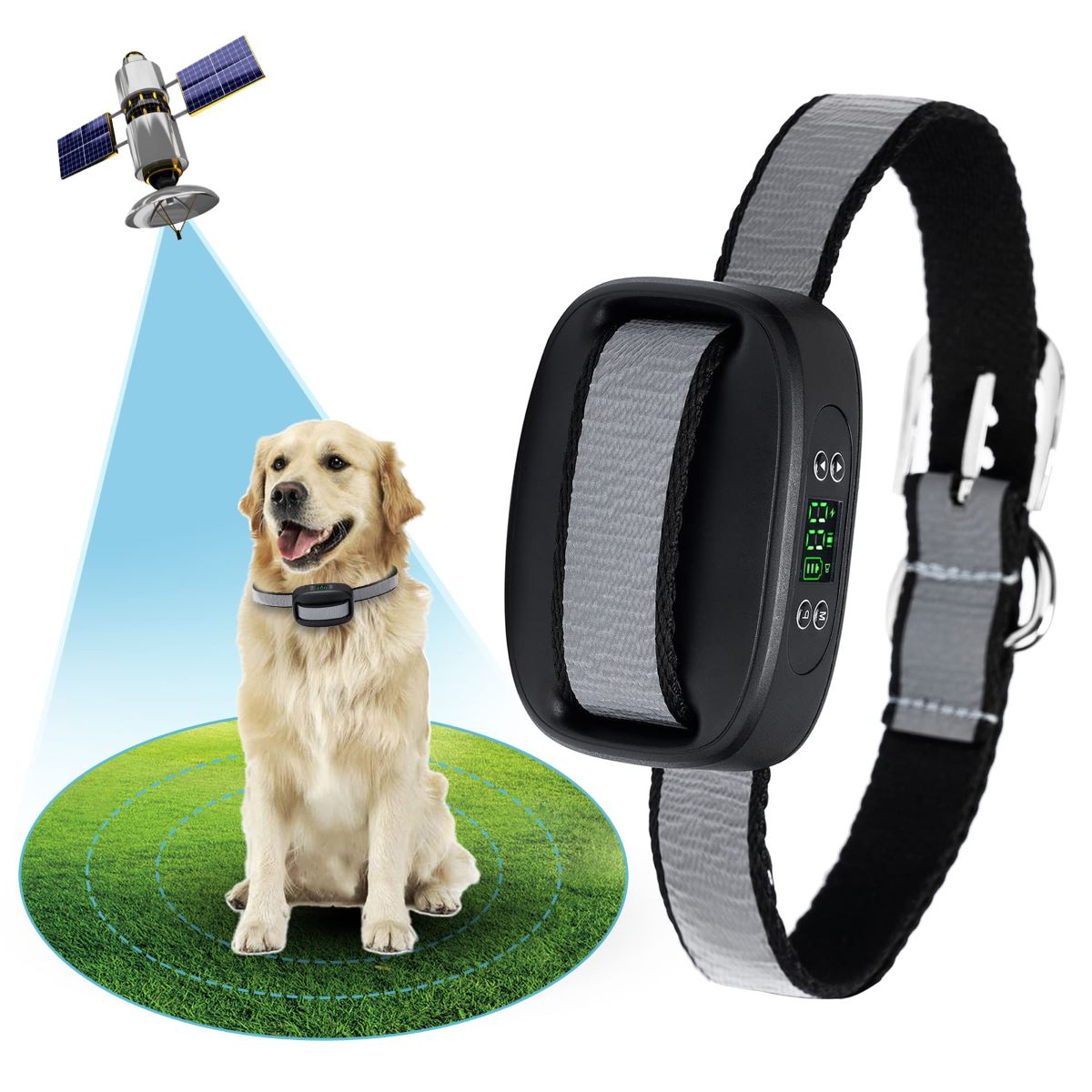

0 thoughts on “How To Keep A Dog In A Fence”